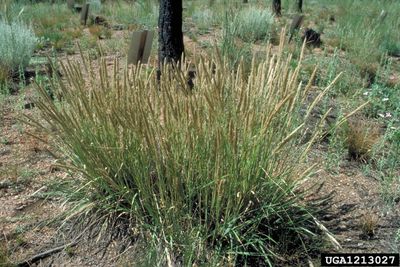What is Junegrass?
Prairie junegrass grows natively in most parts of North America. Where does Junegrass grow? It is found from Ontario to British Columbia, and down south to Delaware, California, and Mexico. This hardy, adaptable grass grows in the Plains Mountains, meadow foothills, and forests. Its primary habitat is open, rocky sites. This makes junegrass in landscapes that are challenging a perfect addition. Junegrass is a perennial, cool season, tufting true grass. It can reach ½ to 2 feet in height (15 to 61 cm.) and has narrow flat leaves. The seeds are in dense spikes which are pale green to light purple. The grass is so adaptable it can thrive in its preferred lightly sandy soils but also in heavily compacted soil. This grass flowers earlier than most of the other prairie grasses. Flowers appear in June and July in the U.S., and seeds are produced through September. Prairie junegrass reproduces through its prodigious seed or from tillers. The plant is tolerant of a wide variety of conditions but prefers a sunny, open area with moderate rainfall.
Junegrass Information
In widespread plantings, junegrass comes back well when managed by grazing. It is one of the earliest native grasses to green up in spring and stays green well into fall. The plant doesn’t spread vegetatively but rather by seed. This means junegrass in landscapes does not pose an invasion problem. In the wild, it combines in communities of Columbian, Letterman Needle, and Kentucky bluegrasses. The plant is broadly tolerant of cold, heat, and drought but it does prefer deep to moderately fine textured soil. Not only does the plant provide forage for wild and domestic animals, but the seeds feed small mammals and birds, and provide cover and nesting material.
Growing Junegrass
To sow a stand of junegrass, till the soil to a depth of at least 6 inches (15 cm.). Seed should be stored in a cold, dry location until ready to use. Germination is most responsive in the cool seasons. Sow seeds on the surface of the soil with just a light dusting of soil to protect the tiny seeds from the wind. Alternatively, cover the area with a light cotton sheet until germination. Keep the area evenly moist until the seedlings are established. You can also start plants in pots. Water from the bottom when in containers. Space plants 10 to 12 inches (25.5-30.5 cm.) apart once they have hardened off. Junegrass does best in full sun but can also tolerate partial shade.
